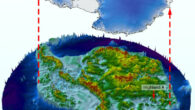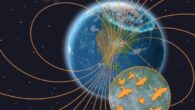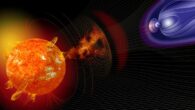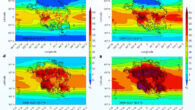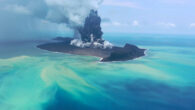A rogue wave is a single swell that is much higher than nearby waves, which can damage ships or coastal infrastructure. Ocean waves are among the most powerful natural forces on Earth, and as global trends suggest ocean winds will blow harder because of climate change, ocean waves could become more powerful. In new research, scientists from the University of Melbourne found that rogue waves emerge from strong wind forces and unpredictable waveform...











